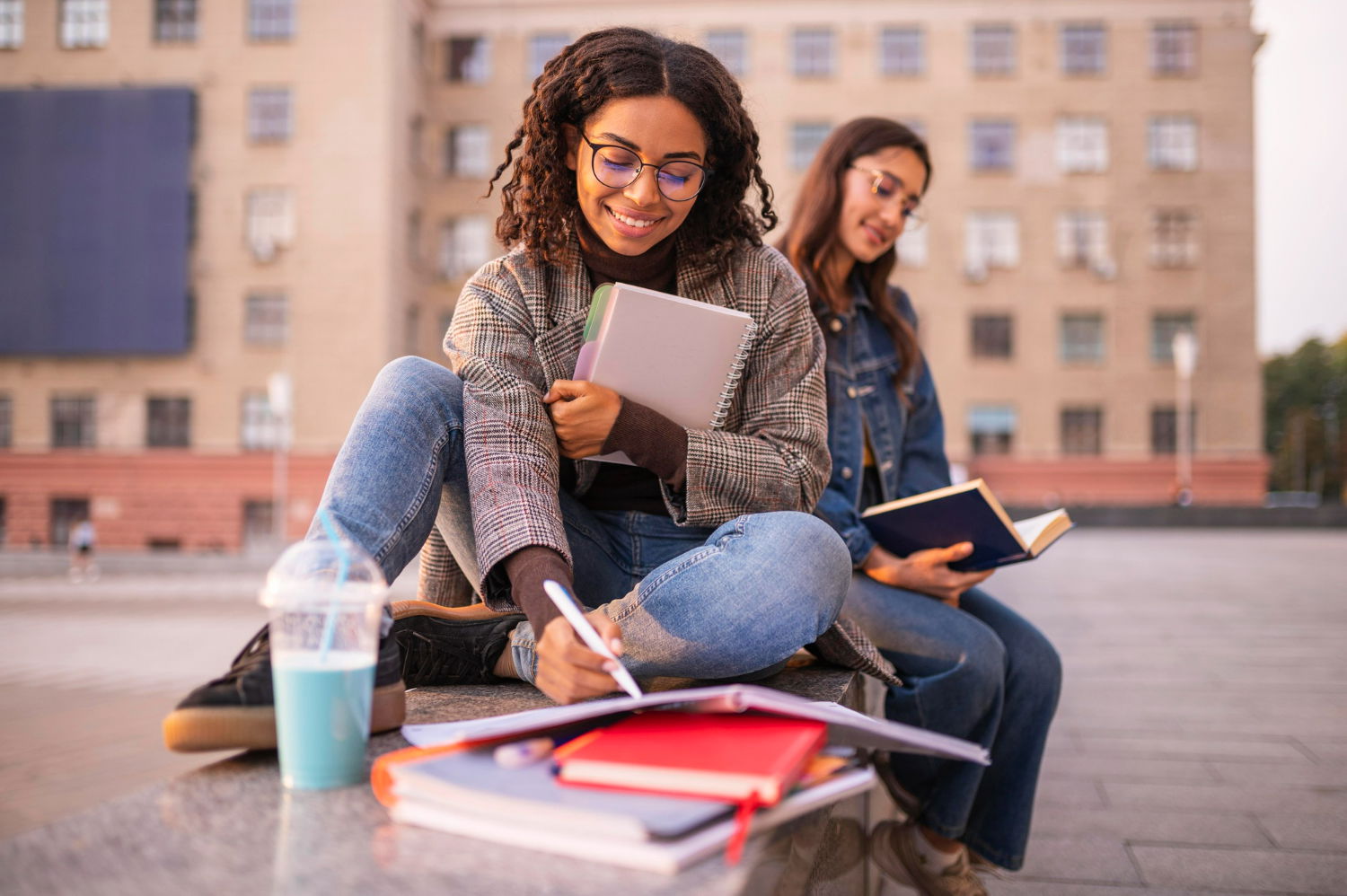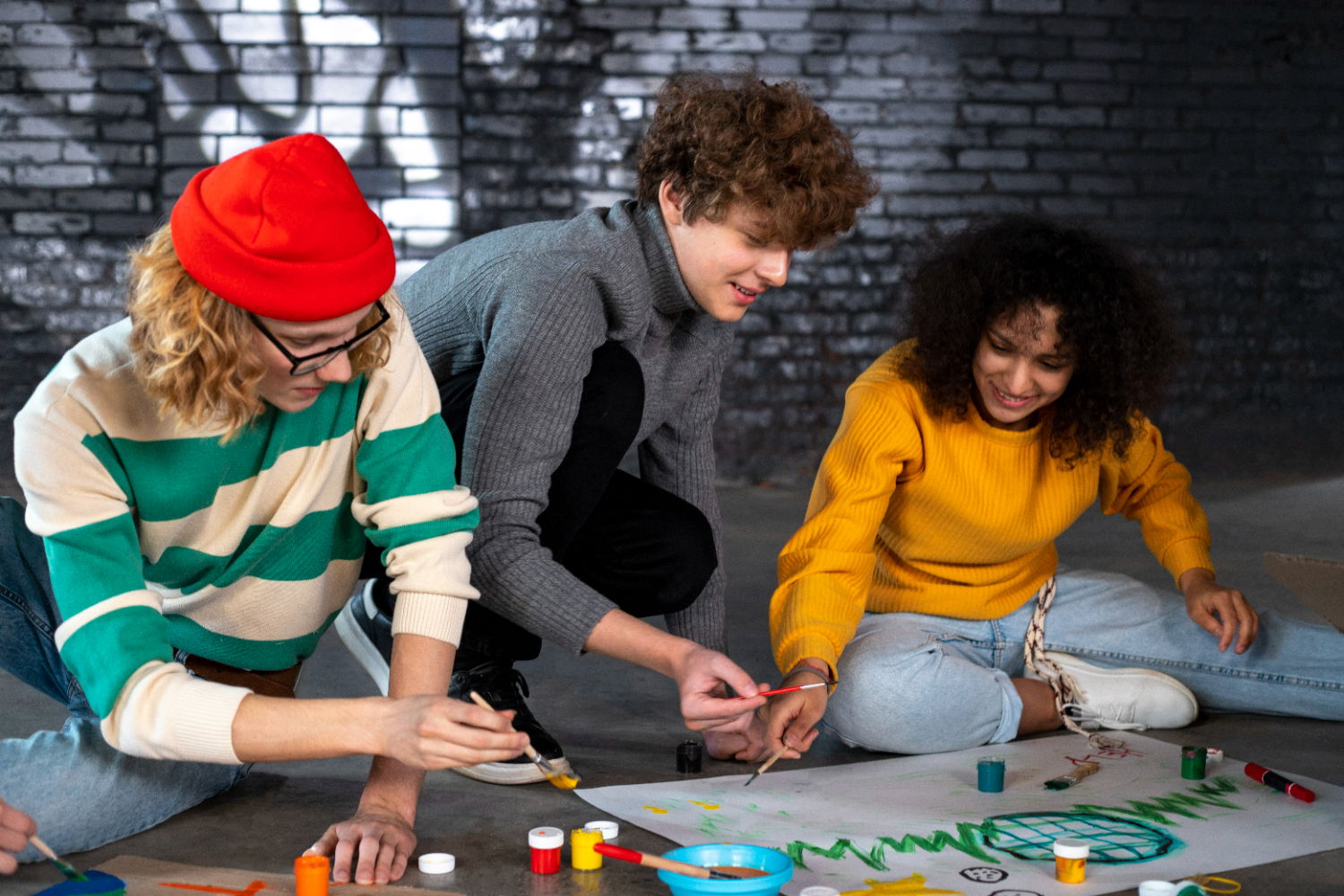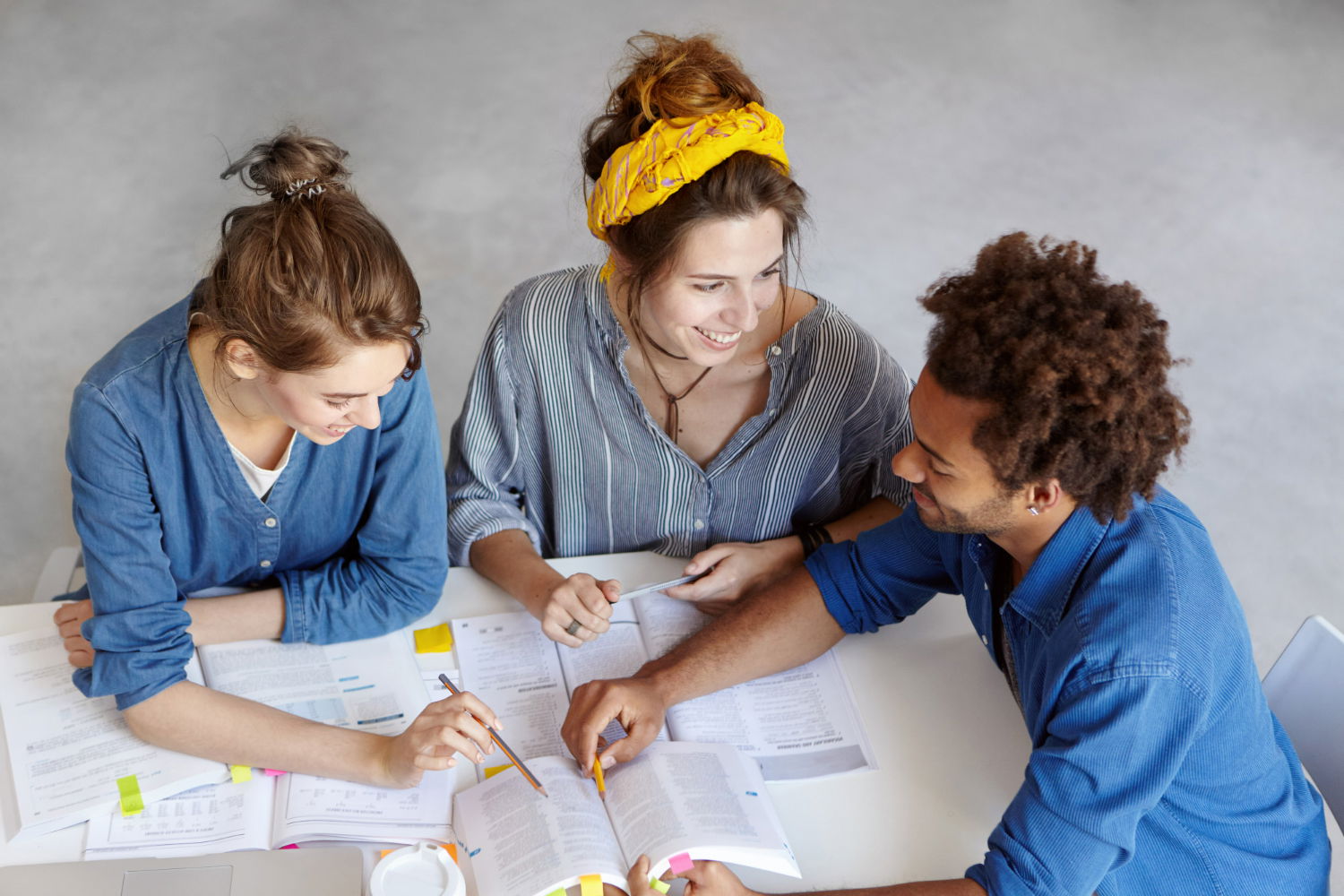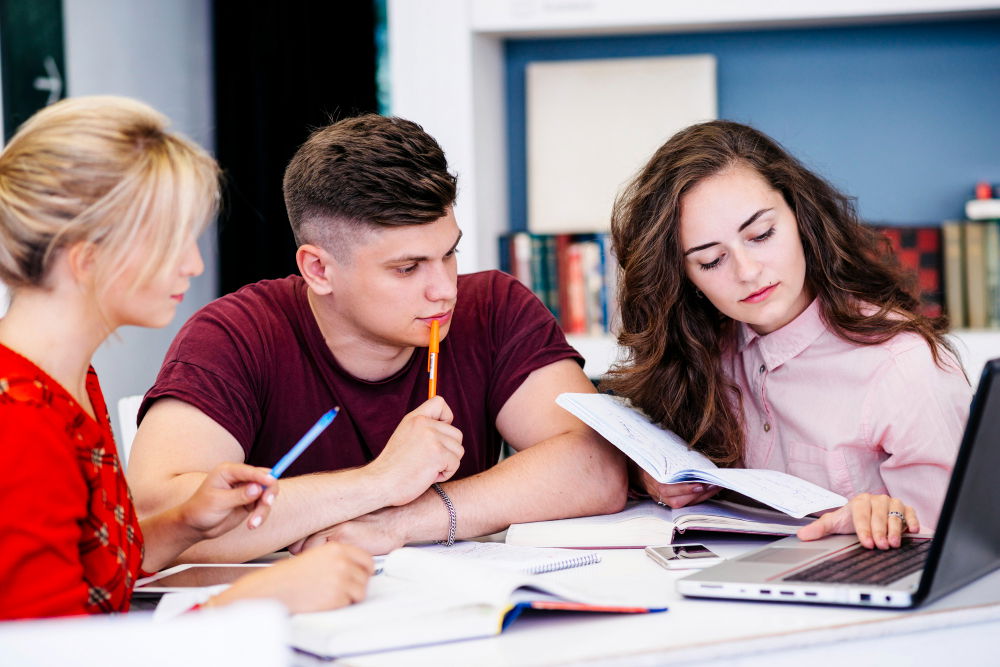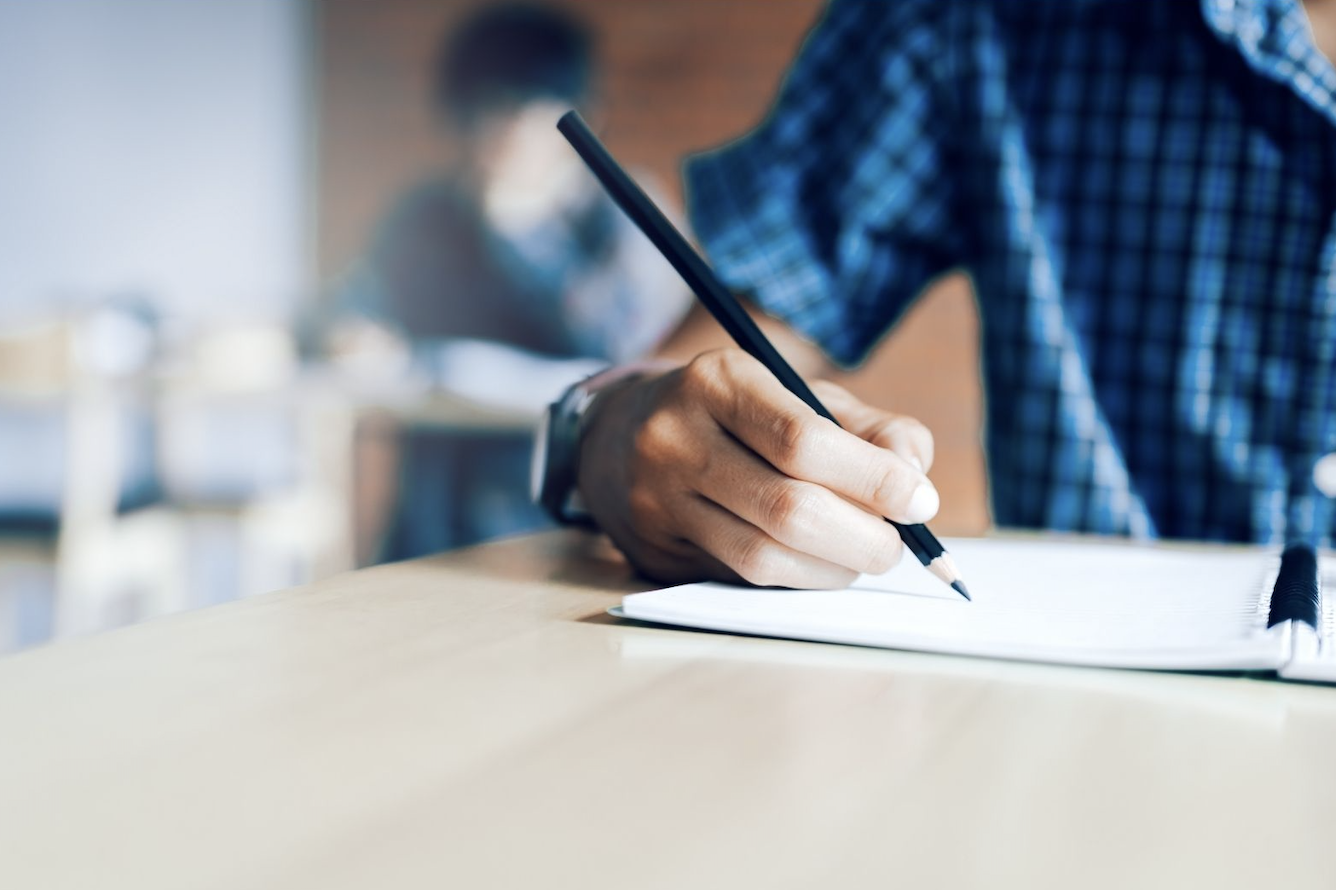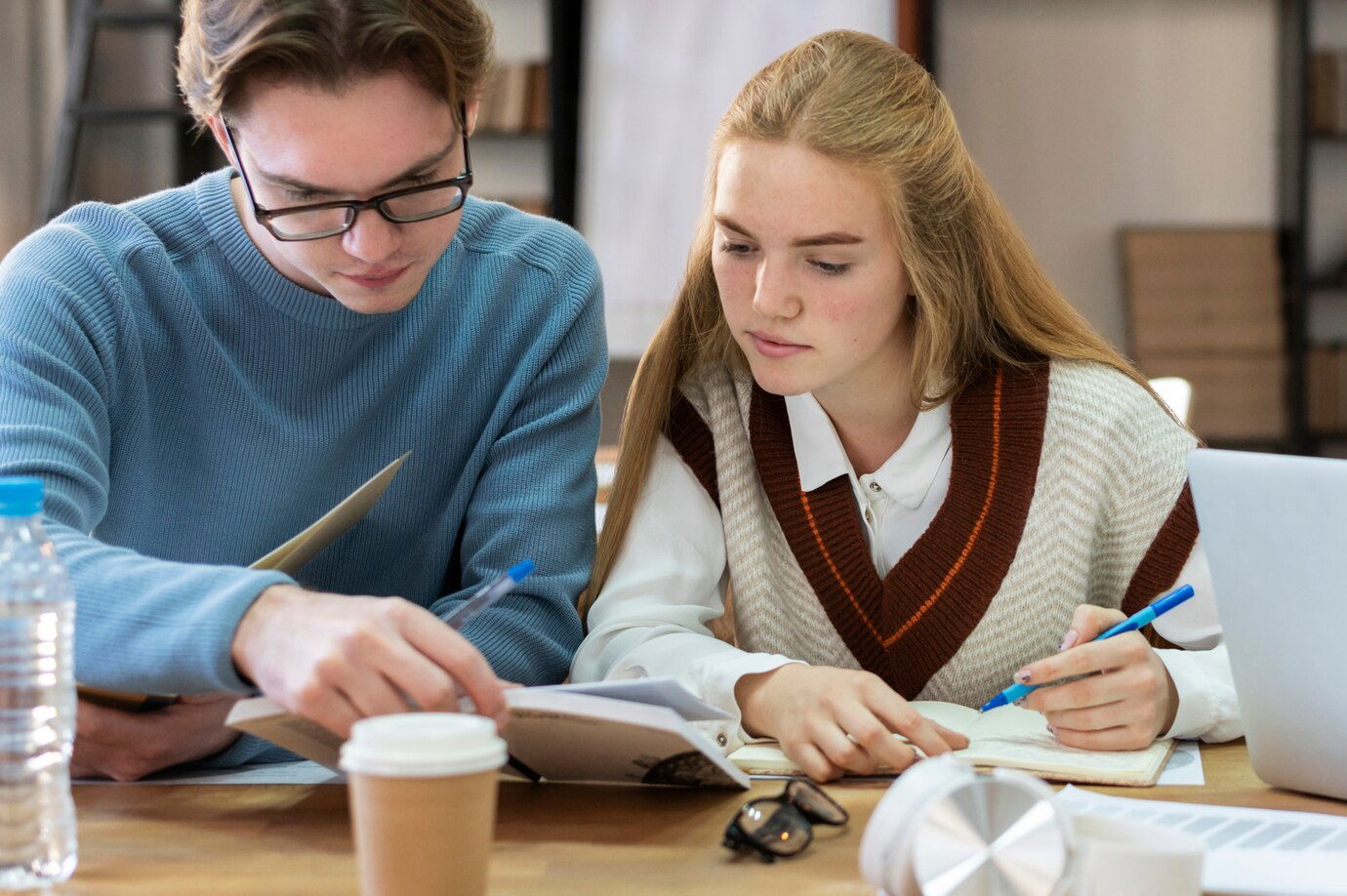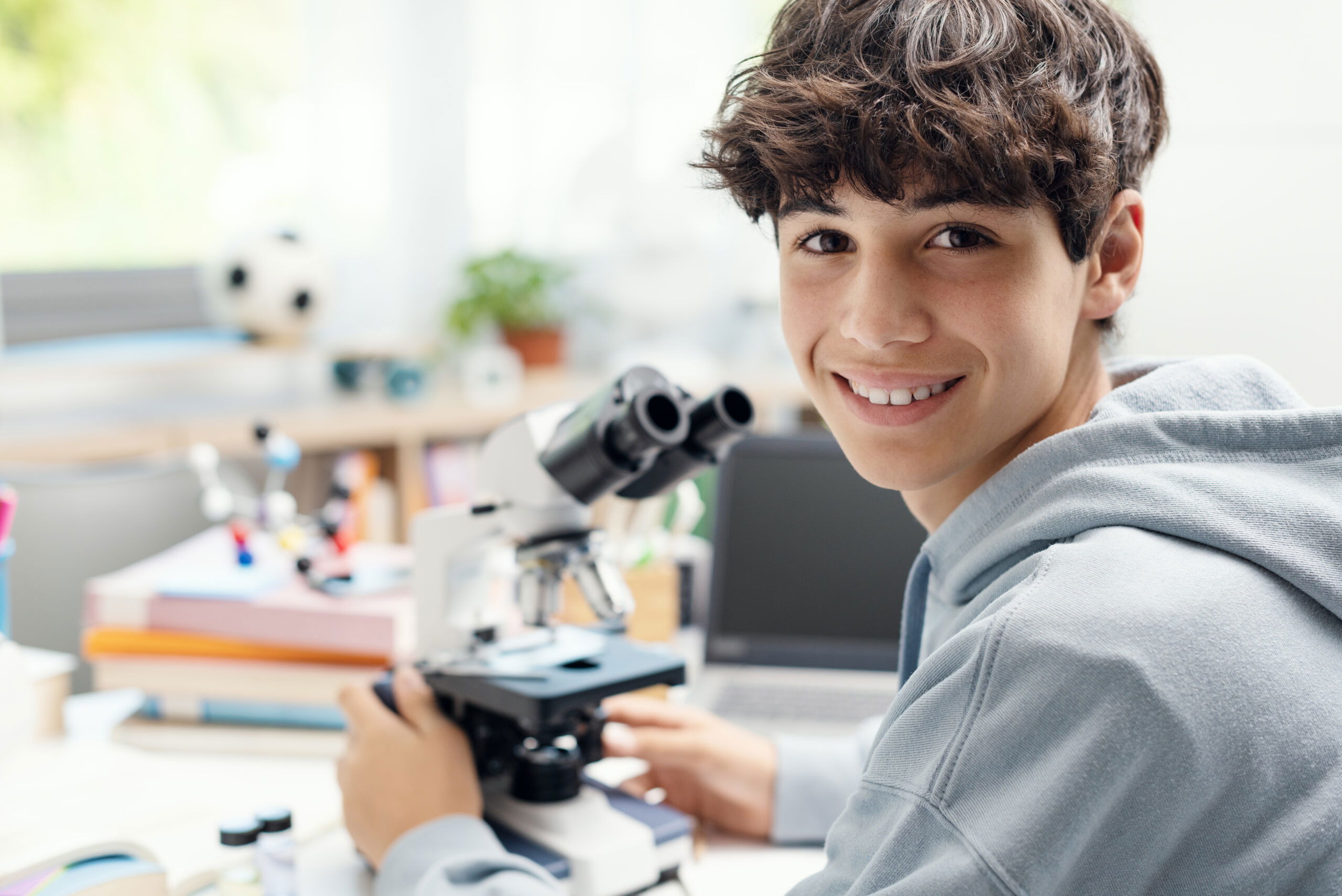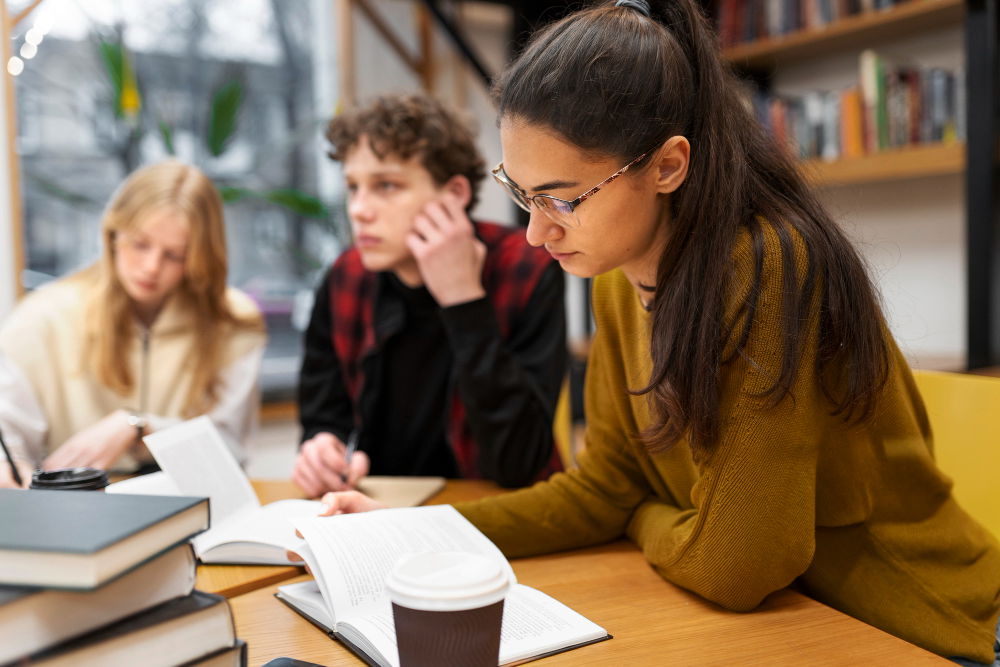35 IB Physics IA topic ideas to Inspire You
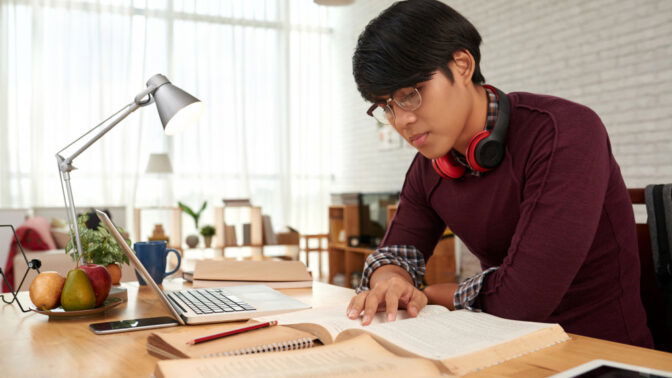
It is time to write your IB Physics Internal Assessment, but you don’t know where to start? Nothing comes to mind when you think about the research area? Let us lend a helping hand. We’ve collected 35 IB Physics IA topic ideas that will guide your first steps toward an exciting scientific exploration.
How IB Physics IA topics inspire engaging research
Originality is one of the requirements for your IB Physics IA. A topic that reflects your personal interests or carries global significance is the best way to go. On the one hand, such a topic might more easily capture your examiner’s attention and make the research process more rewarding for you.
Still, finding a unique topic can be a real challenge, especially when you need to consider your limited resources and time. This is where our Physics IA topic ideas may come in handy to get your creative gears turning.
That said, don’t just grab these ideas and run with them as they are. Chances are, students before you have explored similar areas, and your examiner has already seen investigations that follow the same paths. Instead, you can use these Physics IA ideas as a springboard. Let them spark your imagination and steer you toward a more unique research question that’s truly yours. The trick is to take a basic idea and twist it, stretch it, or tie it to something you’re curious about. This way, you can transform it into an investigation that’s both fresh and engaging.
Let’s take a look at one of the topics we suggested below: “How does the angle of a ramp affect the distance a ball rolls?” How do you make it your own? Start by brainstorming ways to add a twist. You could explore how different surface materials, such as wood, rubber, or concrete, change the rolling distance at various angles. Or maybe you tweak the ball itself and investigate how its mass or size alters the relationship between angle and distance.
Here’s another way to approach this IB Physics IA topic: connect it to a real-world scenario. Imagine you’re designing a skate park ramp and want to optimise the angle for the longest jump distance. In this case, you’re not just measuring how far a ball rolls, you’re also factoring in the ramp’s transition curve or even the ball’s spin. From this, you can form a unique research question: “How does the angle of a ramp, combined with its surface texture, affect the rolling distance of balls with different masses?”
Without further ado, let us offer some Internal Assessment ideas from various branches of Physics.
IB Physics IA ideas: Mechanics
1. Determining g by measuring a ball’s kinetic energy as it falls
This experiment involves dropping a ball from different heights and measuring its speed just before it hits the ground. Using the conservation of energy, where gravitational potential energy (mgh) transforms into kinetic energy (½mv²), you can calculate the acceleration due to gravity, g. You might use a motion sensor or a light gate to track the ball’s speed, as well as vary the drop height to test your results.
2. Calculating the static friction between two materials
In this IA, you can investigate the force that stops two surfaces from sliding past each other. Set up a flat surface with one material on it, place another material on top, and slowly tilt the surface until the top object starts to slide. You can try different pairs (wood on metal, rubber on sandpaper, etc.) to compare their slipperiness.
3. Looking at the effect of the opening angle on projectile range
This experiment explores how the launch angle affects a projectile’s range, i.e. the horizontal distance it travels. Here, you need to fire a small object at various angles using a launcher or slingshot and measure how far it goes. Your results should show a peak range around 45°. While it is easy to do this setup at school or home, you may also tie it to real-life applications such as sports or rocket launches.
4. How does the angle of a ramp affect the distance a ball rolls?
In this IA, you could explore how the ramp’s angle affects the distance a ball rolls after reaching a flat surface. A steeper angle increases the ball’s speed at the bottom (thanks to more gravitational energy converting to kinetic energy), which could mean a longer roll before friction stops it. Besides adjusting the ramp angle, you can tweak its surface, test different balls, or even explore rotational motion.
5. Exploring the efficiency of various materials in absorbing impact
This experiment tests how different materials, such as foam, rubber, or bubble wrap, absorb impact energy. You could drop a weight onto each material and measure the impact force with a sensor, or see how high the weight bounces back. Alternatively, you may use a pendulum to swing an object into the material and track the energy loss. You can connect this topic to real-world uses, for example, helmet design or packaging.
IB Physics IA ideas: Thermal Physics
6. How does the specific heat capacity of a liquid change with temperature
Specific heat capacity describes how much energy a substance needs to heat up by 1°C. But does this value stay the same as the liquid gets hotter? You can find this out with this experiment. For starters, you need to choose a liquid (water, saline solution, oil, etc.) and heat it to different starting temperatures. Then, you should add a known amount of energy with a heater and measure the temperature rise with a thermometer. By calculating the specific heat capacity at each starting point, you can see if it changes.
7. Investigating the effect of surface area on the rate of evaporation
For this IA, you need to set up containers with the same volume of water but different shapes. Your task is to track how much water evaporates over time by weighing the containers or marking the water levels. You will discover that a larger surface area speeds up evaporation.
8. Using the ideal gas law to determine the number of particles in a gas
The ideal gas law lets you figure out how many particles are floating around in a puff of air. In this experiment, trap a gas in a container (such as a syringe or sealed flask) and measure its pressure (P), volume (V), and temperature (T). Then, using the ideal gas equation (PV = nRT), you can calculate n (the number of moles). By multiplying the result by Avogadro’s number, obtain the total particle count.
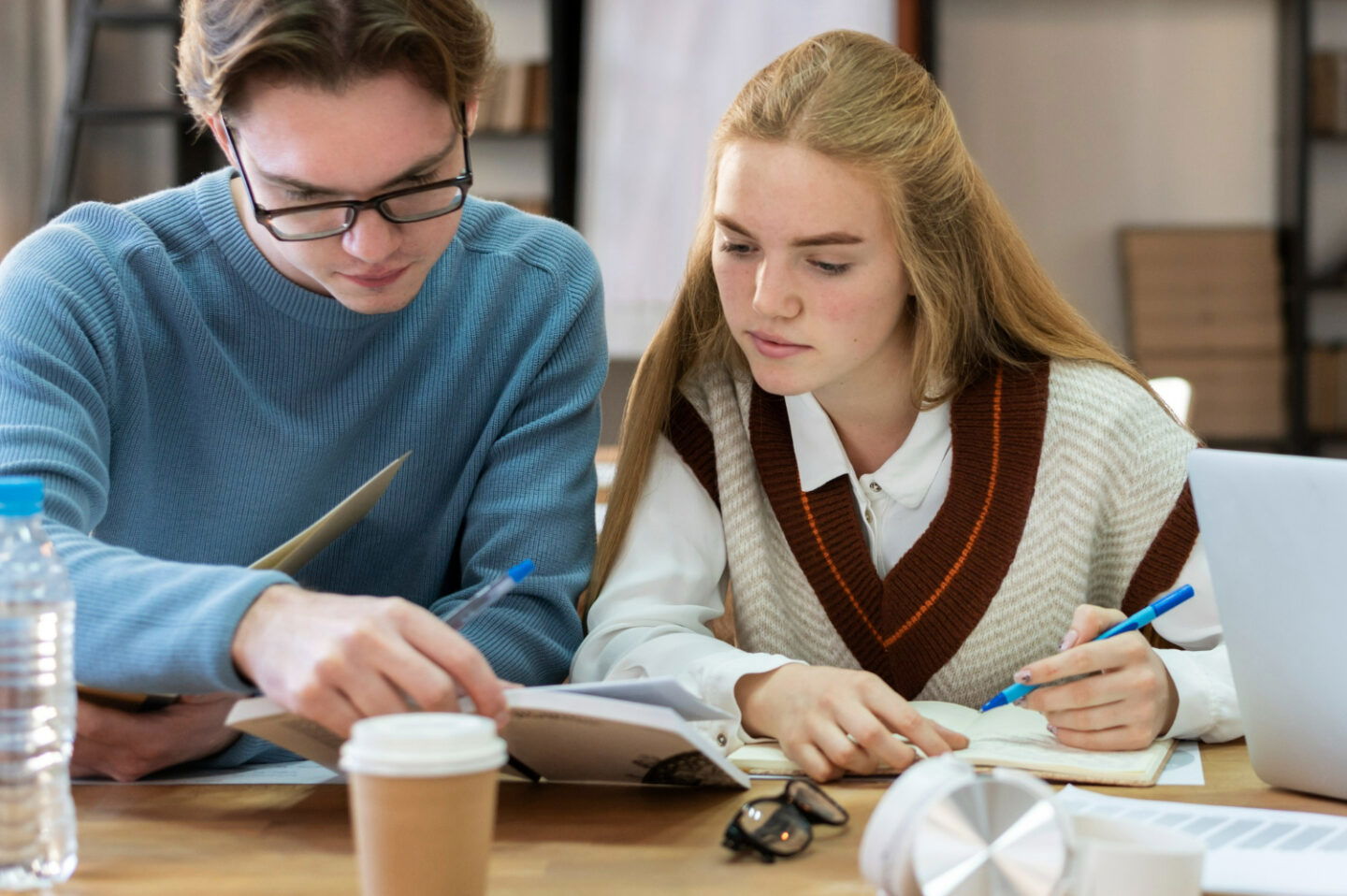
9. Exploring how the thermal conductivity of various metals affects their efficiency in heat exchangers
With this IB Physics IA idea, you can test the thermal conductivity of various metals by setting up a mini heat exchanger. To do so, you need to heat one end of each metal rod while cooling the other and then measure the temperature difference along the rod. The results will show which metal conducts heat best. You can tie your experiment to real-world uses in radiators, cooking pans, electronics, etc.
10. Studying the effect of pressure on the melting point of ice in different environments
To conduct this experiment, you can take a block of ice and press down on it with different weights. Measure the temperature at which it starts melting and watch for the pattern – did more pressure lower the melting point? Alternatively, you can compare melting at different altitudes.
Book free trial with our certified IB Physics teachers today
100 % of tutors are certified teachers and examiners
IB Physics IA ideas: Waves and Oscillations
11. Exploring the influence of string material on the resonance frequency of a vibrating string
This experiment explores how the material of a string affects its resonance frequency. To investigate, set up a string between two fixed points, attach a vibrator (or pluck it by hand), and adjust the frequency until you find the one that produces the resonance. Test strings made of different materials (nylon, steel, cotton, etc.), but keep the length and tension constant. For a personal twist, try comparing natural materials to synthetic ones, or see if adding a coating (like wax) changes the frequency.
12. What connection exists between a diffraction grating’s slits and interference?
The idea behind this topic is that more slits in a grating might sharpen or spread the light differently. To test this, shine a laser through diffraction gratings with varying slit densities and observe the interference patterns. Measure the angles or distances between the bright spots to identify trends. To add a personal dimension, you can craft a homemade grating or see how different laser colours change the pattern.
13. Examining the interference patterns of sound waves in a closed tube and how it affects pitch
In this experiment, you can explore how sound waves reflect in a tube with one end closed, forming standing waves at specific frequencies (harmonics). To conduct it, you will need a bottle/tube and a straw to blow across the top or a speaker to send sound in. Change the tube’s length (by cutting it or adjusting the water level) and listen for when the pitch jumps to a new note.
14. Analysing interference patterns of sound waves
This IA lets you observe constructive and destructive interference. You need to set up two speakers playing the same frequency and walk around to find areas where the sound gets louder or softer. Measure the distances between these spots and see if they match the sound’s wavelength. To mix it up, try different frequencies, add obstacles to see how they disrupt the pattern, or test in different spaces, such as indoors vs. outdoors.
15. Exploring the effect of different medium densities on the speed of sound waves
To test how a medium’s density affects the speed of sound, you can measure the time it takes for a sound to travel a set distance through different media. These may include air, liquids with different thicknesses, metal, etc. With a microphone or sensor, catch the sound and calculate its speed. Additionally, you can test how heating or cooling a medium affects the speed of sound.
IB Physics IA ideas: Electricity and Magnetism
16. Studying the effect of varying light intensity on the output of a photovoltaic cell
To explore how changing light intensity impacts the voltage or current produced by a photovoltaic cell, you can take one, connect it to a multimeter, and shine a light source. Repeat the experiment with different light intensities and analyse your results – you will notice that brighter light increases the electricity generated, but is it a linear relationship or something more complex? For a personal spin, you could test how light colour or the angle of light affects the results, or compare different types of solar cells.
17. Exploring the efficiency of different materials in creating electromagnetic fields in a motor
To test how different core materials affect a motor’s ability to generate electromagnetic fields, you will need to build a simple motor consisting of a coil of wire, a battery, and a spinning rotor. Then place different materials (iron, copper, magnet, etc.) inside the coil as the core and measure the motor’s performance (either its speed or the magnetic field strength). Additionally, you can test how the core’s shape affects the results.
18. How does the number of coils in a solenoid affect the induced current
Here, you need to create a solenoid by wrapping wire around a tube, connect it to a power source, and pass a current through it. Then you use a magnet and move it in and out of the solenoid to induce a current in a separate loop or sensor nearby, and measure the indicators with a multimeter. While testing different numbers of coils, you may also explore how the solenoid’s length or the magnet’s speed changes the results.
19. Investigating the relationship between resistance and temperature in a wire
For this experiment, you need to set up a circuit with a wire, a power supply, an ammeter, and a voltmeter. Run a current through the wire and calculate its resistance. Then heat the wire to different temperatures and track how it affects the resistance. You can make the experiment more original by comparing different wire materials (copper vs. nichrome) or testing if wire thickness matters.
20. Examining the effect of temperature on a diode rectifier’s efficiency
Your setup for this experiment will include a simple circuit with a diode, a resistor, and a power supply. Using a multimeter, measure the current or voltage of the diode while changing its temperature for every attempt. You can also compare different types of diodes (like silicon vs. germanium).
21. Investigating the Effect of Magnet Strength on Induced EMF in a Coil
This experiment explores how the strength of a magnet influences the electromotive force (EMF) induced in a coil as the magnet moves through it. To conduct it, create a simple coil and connect it to a voltmeter. Then gather magnets of different strengths and drop them one by one through the coil while recording the peak EMF on the voltmeter.
22. Efficiency of solar panels at different angles – Measuring how the tilt angle affects the power output of a solar panel
For this experiment, you will need a small solar panel, a multimeter to measure its power, and a light source (e.g., a lamp). Place the light source at a fixed distance, adjust the panel’s angles, and record the output at each. Additionally, you can test how light of different colours or panel temperature affects the results.
23. Determining a battery’s internal resistance
To understand how internal resistance influences battery performance, you need to build a circuit that, besides a battery, features a variable resistor, an ammeter, and a voltmeter. After adjusting the resistor to vary the current, record the battery’s voltage and current pairs, and then use the formula V = E – Ir to calculate internal resistance. For a touch of personality, you may compare battery types (e.g., alkaline vs. rechargeable) or test temperature impacts.
24. How is the EMF generated by rotating coils related to coil speed
To test this IB Physics IA idea, you can use a hand-crank generator or a simple setup with a coil, magnets, and a voltmeter. Rotate the coil at different speeds (slow, medium, fast) and measure the EMF at each. You can also complete your investigation by testing different coil sizes and magnet strengths.
25. Impact of wind turbine blade length on power generation
To explore the relationship between the blade length and a wind turbine’s output, you need to build a simple model with a fan and blades. At a constant fan speed, test different blade lengths and measure how much power they produce via a multimeter. Your experiment may also feature tests with different blade shapes or wind conditions.
IB Physics IA ideas: Astrophysics & Quantum Physics
26. Investigating the double-slit experiment and wave-particle duality
The double-slit experiment is your chance to observe the behaviour of light, which acts like a wave and a particle at the same time. What you need to do is shine a light (laser) through two tiny slits to create an interference pattern of bright and dark bands and measure the spacing between bright spots. To see how the patterns shift, you can change the slit width or try different light colours.
27. Studying the relationship between a star’s luminosity and its surface temperature
According to the Stefan-Boltzmann law, stars shine brighter when they’re hotter. You can test it out yourself with this IB Physics IA idea. To do so, use online star data (such as the SIMBAD database or the Stellarium app) and collect luminosity and temperature values for different stars. Then put them on a Hertzsprung-Russell diagram and analyse the trends you observe.
IB Physics IA ideas: Optics
28. Analysing diffraction patterns and their relationship to the wavelength of light
To obtain the diffraction pattern, you need to shine a laser pointer through a single slit and see the result on a screen. Each time you use light of a different colour, measure the pattern’s width and analyse your observations: did longer wavelengths spread more than shorter ones?
29. Examining the behaviour of light through polarising filters
This experiment shows how polarising filters work. You will need two polarising filters (old sunglasses will do) and a flashlight. Shine light through one filter, then rotate the second to see the brightness change. To gather data on the intensity of light, you can use a phone light meter.

IB Physics IA ideas: Biophysics
30. Analysing the relationship between muscle force and speed of movement
Lifting heavy weights is slower than lifting light ones. You can explore this biomechanical principle in an experiment involving you lifting various weights. Use a stopwatch to time how fast you can lift each weight over a set distance (like 50 cm) and analyse the force vs. speed relation.
31. Effect of muscle fatigue on reaction time
A simple reaction time test can help you explore how muscle fatigue impacts reaction time. You may either drop an object and measure how quickly you catch it, or use a computer-based test with a button press when a light flashes. First, record your baseline reaction time when rested. Then, perform a fatiguing exercise, immediately test your reaction time again, and repeat at intervals as you recover.
31. Investigating the Effect of Limb Angle on Blood Pressure
This experiment ties the physics of fluid dynamics and gravity to human physiology. You will need to use a digital blood pressure monitor and measure your blood pressure in various positions (such as horizontal, raised and lowered arm). You can also repeat this experiment after a light exercise to see how it affects the blood pressure.
33. Investigating the efficiency of energy transfer in biological systems
In this experiment, you can compare the efficiency of muscles with an energy transfer in other objects, such as a bouncing ball. Drop the ball from a measured height and calculate its input energy as mgh, where m is mass, g is gravity, and h is height. Then measure how high it rebounds (i.e. its output energy) and calculate its efficiency (output energy ÷ input energy) × 100%. Use statistical data to compare your results to typical muscle efficiency. You can test different balls or surfaces to mimic varying “muscle” conditions.
34. Studying the electrical properties of nerve conduction
Your nerves use electrical signals to communicate, and this experiment models how those signals travel. In a simple circuit model, you need to use a wire as the “nerve,” resistors as ion channels, and a capacitor as the cell membrane. Apply a small voltage and use a multimeter to measure how the current changes over time, especially with varying resistance and capacitance.
35. Exploring the impact of different material types on biological heat exchange
This experiment investigates how various materials affect the ability of animals to regulate heat. To conduct it, fill a few containers with warm water (around 40 °C) to represent an organism. Then wrap them in various materials (both natural, like wool or fur, and artificial, such as bubble wrap). Use a thermometer to measure how quickly the water cools over 15 minutes for each material.
Need Help Choosing IB Physics IA Topic Ideas?
An IB Physics IA topic that’s manageable, original, and somewhat personal – that is one of the ingredients to maximising your score. Since your IA accounts for 20% of your final grade, it plays a significant role in shaping your end-of-programme performance. Unfortunately, picking the right topic can feel overwhelming. With so many possibilities and constraints, it’s easy to get stuck.
This is where expert guidance makes all the difference. With TutorsPlus and one of our experienced IB Physics tutors by your side, your journey can become far more exciting. We’ll help you brainstorm ideas that match your interests, evaluate their feasibility, as well as explore potential challenges or exploration paths. Moreover, as your investigation is underway, our tutors can guide you every step of the way. From crafting an impactful research question to offering practical tips for writing your report, you can count on us.
Get in touch with TutorsPlus and our knowledgeable tutors at +41 22 731 8148 or . Let’s work together to find the perfect topic and set you up for success in the IB Physics Internal Assessment.
By Sara Lloyd
Sara has been an education consultant for TutorsPlus for 15 years, and is an expert on international IB education. She is also a parent of two lively children.




